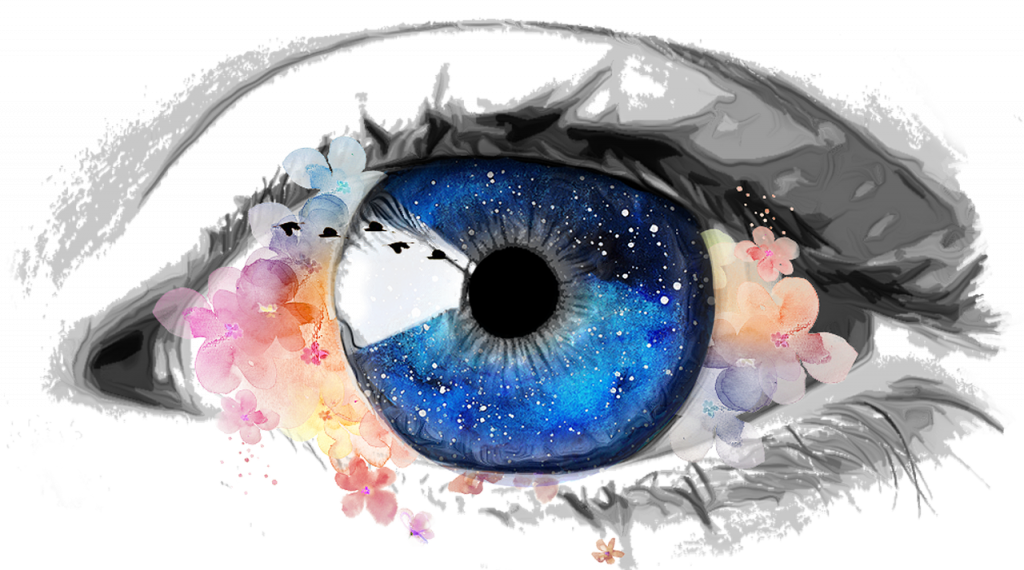Body Image disturbance

Persons with amputation are challenged not only by how their body works and feels after amputation; they may also be concerned with how it looks. Body image is a person’s perception of their body. Body image is affected by both internal and external factors. The internal factors include things like age, sex, and physical condition. Women usually have a poorer body image after amputation than do men. The external factors can be social and environmental. Body image disturbance can result from social values that emphasize vitality, appearance and fitness. Amputation could be seen as a sign of failure to meet these values. Persons with amputation need to adapt physically, socially, and psychologically to the alterations in structure, function, and body image that result from amputation.
Persons with lower limb amputation (unilateral or bilateral) have significantly lower body image perception scores compared to persons without amputation. These differences are greatest in “appearance evaluation”, “fitness orientation”, “health orientation”, “illness orientation”, and “body-area satisfaction” (Holzer et al, 2014). Similar information is not available for upper-limb amputation but the effects of amputation on body image are likely similar to those for lower limb amputation.
You can the person you’re visiting with their body image concerns by:
-
Letting them know that it takes time to come to terms with their (potentially) new body
-
Listening when they are ready to talk about their concerns
Just meeting and speaking with another amputee can improve their body positivity. In addition, the War Amps of Canada have a brochure on body image and positivity that you might share with them. In fact, you might read it yourself.

